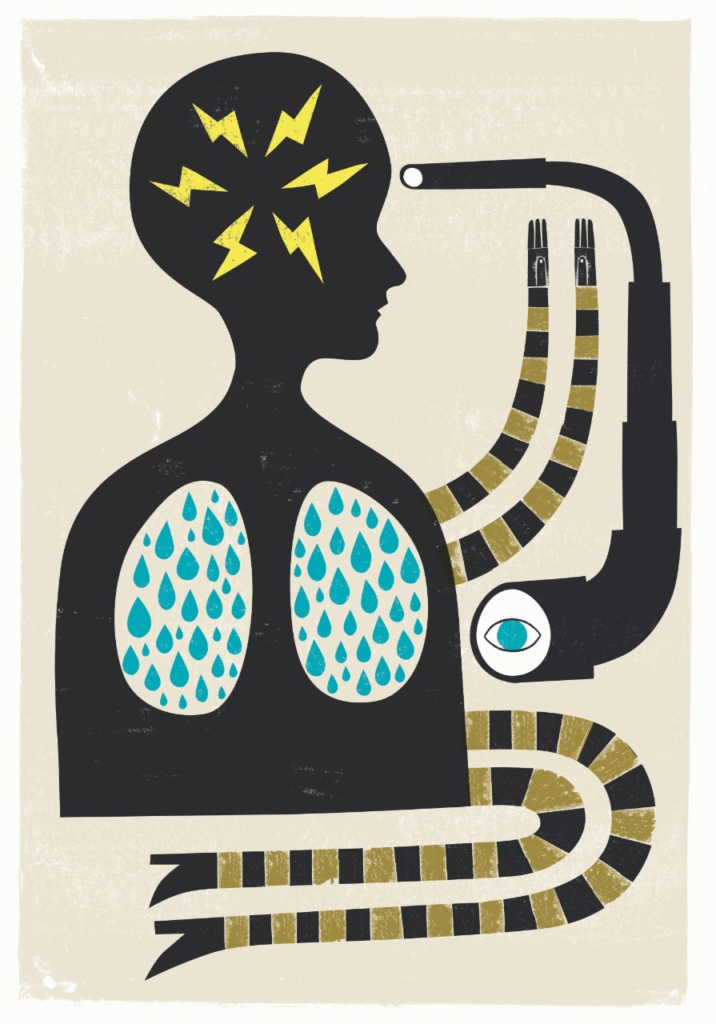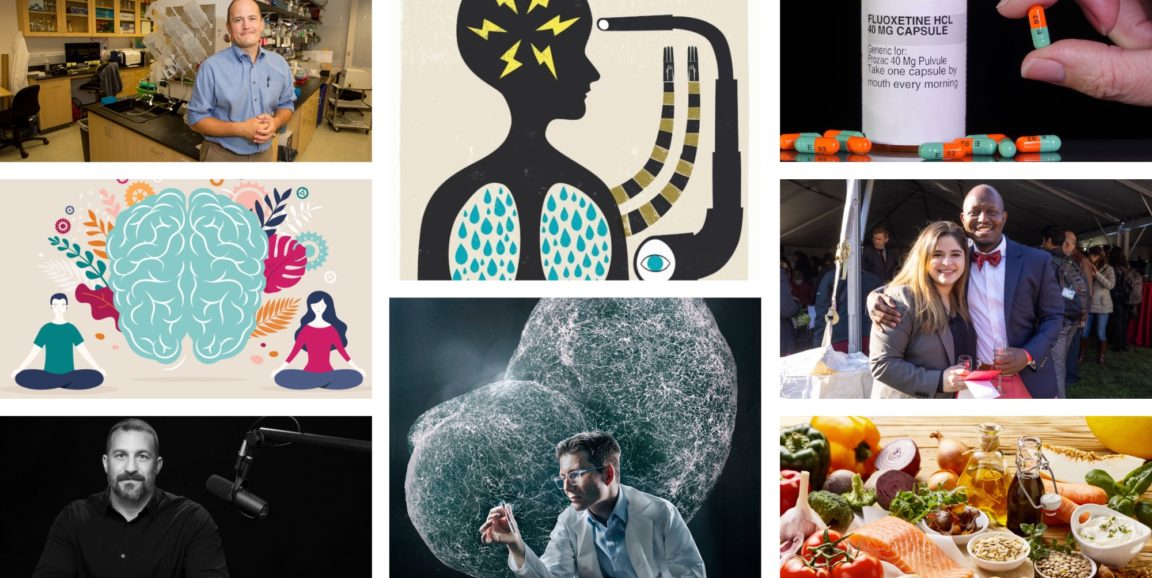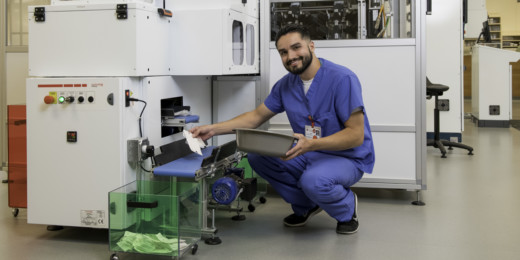As 2022 comes to close, we're revisiting some of our most popular and well-liked stories -- from how scientists recommend you take care of your mental health to the fascinating (if modestly unappetizing) ins and outs of phlegm. Below we recount what resonated with our readers, the pieces you viewed and read most, and what you tuned in to (again and again) in 2022.
Most read

Stanford scientists decipher the danger of gummy phlegm in severe COVID-19
In the sputum -- a mucus-like goop -- of COVID-19 patients requiring intubation, the amount of phlegm skyrockets. Researchers say it accounts for at least some of the breathing problems patients experience, but the development of a new drug might prevent it.
Mental health hygiene can improve mood, decrease stress:
Regular routines of something researchers call "mental health hygiene," which include daily mindfulness practices, such as mindful teeth brushing, can decrease stress levels and improve mood.

.
The mind-mucus connection
Out-of-control phlegm can be life-threatening. But neuroscientists' know-how offers a way to put a cork in it. As our writer says, "Like or lump it, we can't live without it."
Most viewed

Andrew Huberman on sleep, stress, diet and nutrition
In an Ask Me Anything hosted by Stanford Medicine's Office of Communications, Andrew Huberman discusses topics such as human behavior and neuroscience.
Culinary medicine
A chef-turned-physician promotes culinary medicine, which focuses on creating healthy, delicious foods to support health.

Stanford Medicine Match Day 2022
Stanford medical students gather on campus to mark the moment they discover where they are matched for internships and residencies.
Most reach on social media
Study identifies how Epstein-Barr virus triggers multiple sclerosis
New research showed that part of the Epstein-Barr virus mimics a protein created in the brain and spinal cord, leading the immune system to mistakenly attack the body's nerve cells.

Can Prozac fight brain cancer?
Prozac, the common antidepressant, melts away glioblastoma tumors in laboratory mice, suggesting a new treatment for the lethal cancer.
.

...............
Assembloids
Researchers have turned skin cells into parts of the brain, and they've dubbed the models assembloids. Scientists are harnessing the research tool to expand knowledge about the brain and brain diseases.
.
.
Photo collage by Claire Cheung-Solow






